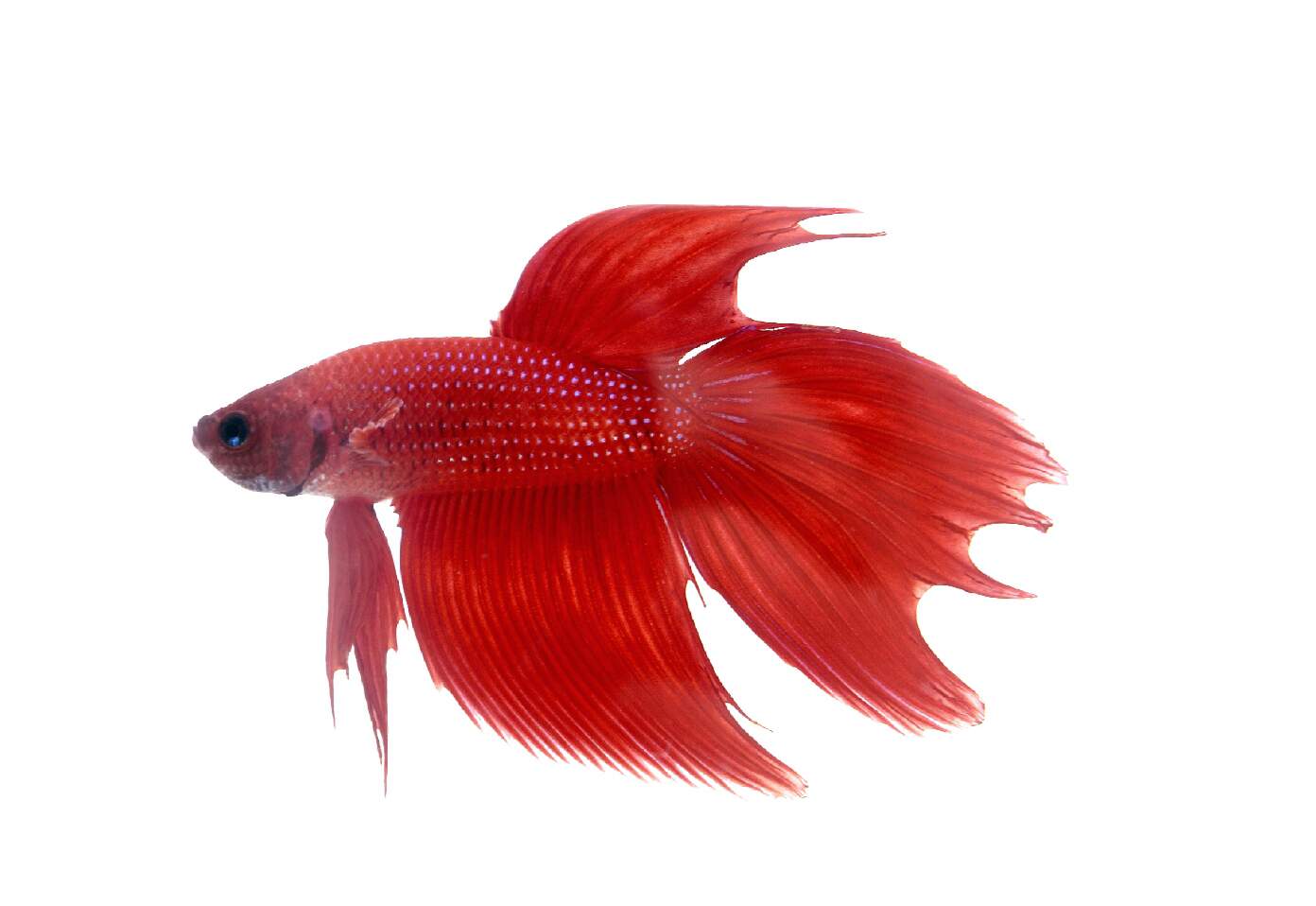Just How to Breed Betta Fish Efficiently: Professional Techniques and Insights for Hobbyists Aiming To Broaden Their Betta Collection
Reproducing Betta fish requires a nuanced understanding of genetics and ecological conditions, making it vital for enthusiasts to come close to the process with both diligence and care. Producing an ideal breeding atmosphere, choosing the ideal pairs, and observing the intricacies of their courtship habits are foundational steps that can dramatically influence the end result.
Understanding Betta Fish Genetics
Understanding the genetics of Betta fish is crucial for effective reproduction, as it influences characteristics such as color, fin form, and actions. Betta fish display a diverse range of colors and patterns, mostly determined by their hereditary make-up.
Along with coloration, fin morphology is another substantial element of Betta genetics (betta fish). The sizes and shape of fins are influenced by various genetics, consisting of those that identify whether the fins are short, long, or veil-shaped. Recognizing these hereditary variations helps dog breeders anticipate the phenotypic outcomes of their spawn
Additionally, behavioral attributes such as aggression and territoriality can likewise be influenced by genes. These habits play an important role in the reproducing procedure, as they can impact spawning success and the overall personality of the resulting fry. By thoroughly understanding these hereditary concepts, dog breeders can make informed choices, ultimately enhancing their breeding programs and attaining desirable outcomes.
Preparing the Reproduction Environment
Creating an optimal reproduction atmosphere is essential for the successful recreation of Betta fish. The very first action in preparing this environment is to choose an appropriate reproduction tank, preferably ranging from 5 to 10 gallons. This size permits sufficient swimming area and the facility of territories. The storage tank should be furnished with a heater to preserve a steady temperature level between 78 ° F and 80 ° F, which is critical for encouraging generating actions.
Next, consider using a sponge filter or an air rock to give gentle water flow without developing strong currents that can worry the fish. It is necessary to mount plants or breeding cones to offer hiding areas and promote comfort for the woman throughout the spawning process. Floating plants, such as Java moss or water sprite, can also produce a much more natural atmosphere while promoting bubble nest structure by the man.
Prior to presenting the reproducing sets, make certain the water is conditioned and without unsafe chemicals, such as chlorine or hefty steels. betta fish. Normal water adjustments need to be performed to keep ideal water high quality, improving the possibilities of successful breeding. With these preparations in place, the breeding environment will certainly sustain the health and wellness and wellness of both Betta fish
Selecting Breeding Pairs
Choosing the best breeding sets is essential for achieving effective Betta fish reproduction. Healthy and balanced Betta fish display vibrant shades, clear eyes, and active actions.
Character is an additional crucial consideration, as Betta fish are recognized for their aggressive nature. It is suggested to select a man and female that show compatible characters to decrease stress during the reproducing process. A tranquil man can motivate a smoother courtship, while a female that is as well aggressive might disrupt the process.
Hereditary background additionally plays a considerable duty in the quality of the offspring. Reproducing fish that are genetically varied can decrease the threat of hereditary health and wellness concerns and find this enhance the general vitality of the fry. It is useful to look into the lineage of both the male and woman, concentrating on desirable qualities such as fin kind, color scheme, and size.
The Reproduction Refine
The breeding process of Betta fish needs mindful planning and interest to information to make certain an effective result. Originally, it is vital to prepare an appropriate breeding container, preferably a 5-10 gallon fish tank with a temperature preserved at 78-80 ° F. The container should be equipped with a heater, filter (preferably sponge type to prevent solid currents), and lots of water plants for the woman to conceal.
When the setting is set, introduce the chosen breeding pair to the storage tank, enabling them to accommodate. Observe their actions; the man will certainly present elaborate courtship routines, consisting of flaring his fins and building a bubble nest. If the female reveals interest, she will show upright stripes showing preparedness for spawning.
When the woman is receptive, the pair will take part in a mating welcome, throughout which the male feeds the eggs. It is essential to monitor their communications very closely, as the man may become hostile. After spawning, remove the female to stop prospective damage. The male will often tend Related Site to the eggs, which generally hatch within 24-36 hours. Maintaining ideal water conditions during this period is essential for the growth of healthy and balanced Betta fry.
Caring for Betta Fry

Feeding Betta fry is visit this site crucial, as they need a diet regimen high in healthy protein. Originally, they can be fed infusoria or fluid fry food, transitioning to carefully crushed high-quality pellets as they expand. Feed small portions multiple times a day to urge healthy growth without overwhelming the storage tank with leftover food.

As they develop, monitor their development carefully and separate any kind of hostile people to avoid damage. By giving a nurturing atmosphere and proper nourishment, hobbyists can successfully raise Betta fry right into lively, healthy fish, ultimately improving their reproduction undertakings.
Conclusion
Effective Betta fish breeding requires precise interest to genetic choice, ecological problems, and treatment for the fry. By comprehending the genes of Betta fish and preparing an ideal reproduction setting, enthusiasts can boost the opportunities of generating vivid, healthy and balanced offspring.